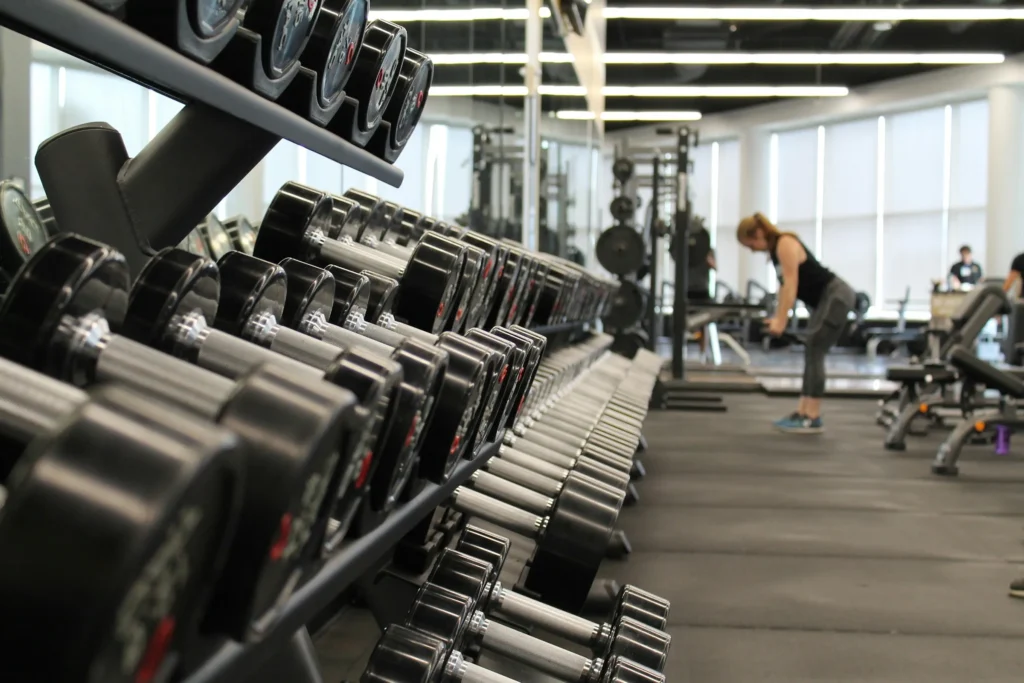Last updated: October 01, 2025
Canada has long been recognized as one of the most welcoming countries for refugees. Every year, thousands of newcomers arrive through the Government-Assisted Refugees (GAR) program or via Private Sponsorship of Refugees (PSR).
One of the most common questions people ask is:
👉 “How much money do refugees get from the Canadian government when they first arrive?”
The answer isn’t as simple as a single number, because the amount depends on the province, family size, and housing situation. In this guide, I’ll break it down with real 2025 figures, government sources, and practical examples.
Refugee Assistance in Canada: The Basics
When a refugee arrives in Canada under the Resettlement Assistance Program (RAP):
They receive income support for up to 12 months (or until they become self-sufficient).
RAP support is based on provincial social assistance rates.
The support includes:
Monthly income support (for food, clothing, shelter, transportation, etc.)
One-time start-up allowance (for furniture, household items, clothing).
Privately sponsored refugees don’t receive full RAP benefits – instead, their sponsors (individuals, community groups, churches, etc.) provide the support.
How Much is the Monthly Refugee Assistance?
The monthly RAP amount depends on the province or territory and the family composition. For 2025, here are some examples:
| Province | Single Adult (Monthly) | Couple | Notes |
|---|---|---|---|
| Ontario | ~ CAD 635 | ~ CAD 1,000 | Shelter + basic needs. Top-ups possible if rent is high. |
| British Columbia | ~ CAD 700 | ~ CAD 1,150 | Higher cost of living, slightly higher rates. |
| Alberta | ~ CAD 620 | ~ CAD 980 | Similar to provincial income assistance. |
| Quebec | ~ CAD 660 | ~ CAD 1,050 | Adjusted for rent & family size. |
➡️ Source: Canada.ca – RAP program
One-Time Start-Up Allowances
In addition to monthly payments, refugees may get a one-time start-up amount to cover essential items.
Examples (2025 figures, may vary by province):
Single adult: ~ CAD 3,000 – 3,500
Couple with children: CAD 5,000 – 7,000+ (depending on number of kids)
This covers:
Furniture & household items
Kitchen supplies
Bedding
Clothing for Canadian weather
Basic phone & transportation costs
Example Scenarios
Let’s see how this works in practice.
Single Adult in Ontario
Monthly: CAD 635
One-time start-up: CAD 3,000+
Total first-year support: ~ CAD 10,600
Family of Four in British Columbia
Monthly: CAD 1,500 – 1,700
One-time start-up: CAD 6,000+
Total first-year support: ~ CAD 25,000 – 27,000
👉 This shows why exact amounts vary by location and family size.
What Refugee Cash Assistance Does Not Include
A common myth online is that refugees automatically get huge monthly cheques (sometimes people say CAD 3,800+). This is not true.
RAP rates are based on low-income social assistance levels.
Refugees often struggle with high housing costs (especially in Toronto or Vancouver).
Many need to find work quickly to cover real living expenses.
Additional Supports
Besides RAP, refugees may also access:
Provincial health coverage (after 3 months in some provinces, immediately in others).
Interim Federal Health Program (IFHP) – covers urgent healthcare, dental, vision, prescriptions.
Language classes (ESL/FSL) funded by the government.
Settlement services like job help, financial literacy workshops, and housing support.
Read More Topics:
Final Thoughts
So, how much is refugee cash assistance in Canada?
On average, a single person may get ~ CAD 600-700/month, plus ~ CAD 3,000+ as a one-time allowance.
A family of four may get ~ CAD 1,500+/month, plus ~ CAD 6,000+ start-up funds.
Assistance usually lasts for 12 months or until self-sufficiency.
The program isn’t a luxury – it’s a basic safety net to help refugees start fresh in Canadian cities like Toronto, Vancouver, Calgary, and Montreal.
FAQ – Refugee Cash Assistance in Canada
Q1. How long do refugees get financial assistance in Canada?
👉 Up to 12 months or until they become self-sufficient, whichever comes first.
Q2. Do privately sponsored refugees get money from the government?
👉 No, they get support from their private sponsors, not full RAP cash benefits.
Q3. Is housing fully paid for refugees in Canada?
👉 Not always. RAP provides a shelter allowance, but in cities like Toronto and Vancouver, rent is often higher than what’s covered.
Q4. Can refugees work while receiving RAP assistance?
👉 Yes. If income from work is earned, RAP benefits may be reduced accordingly.
Q5. Do refugees pay taxes in Canada?
👉 Yes. Once they start earning income, refugees are subject to the same Canadian tax laws as citizens and permanent residents.

